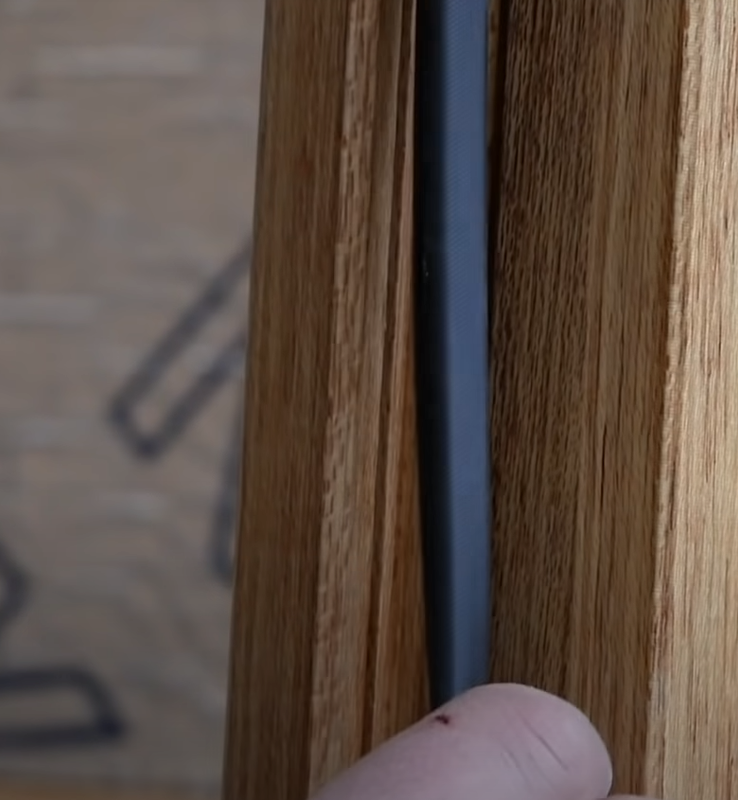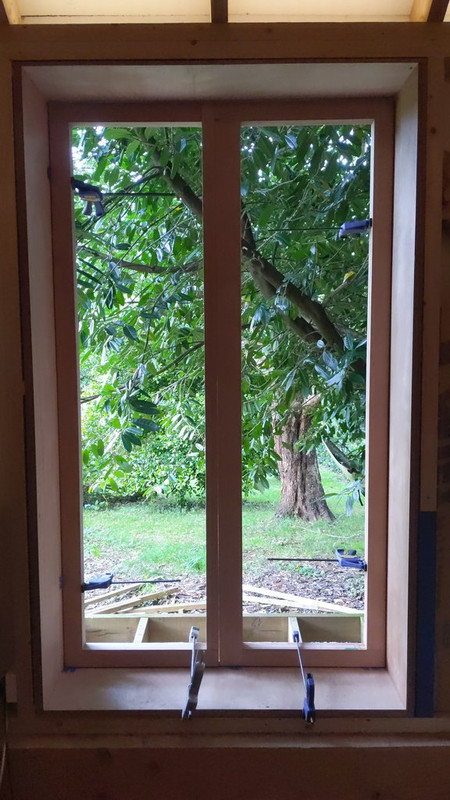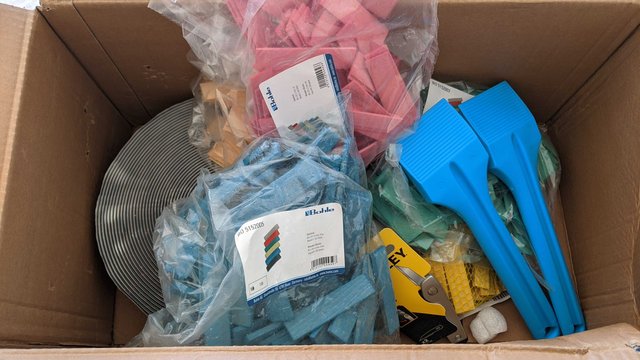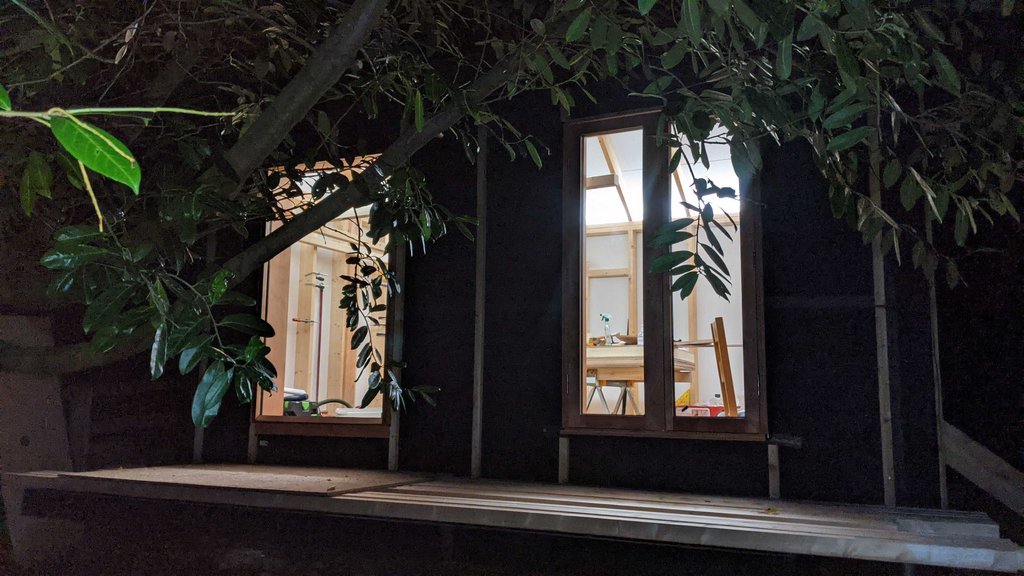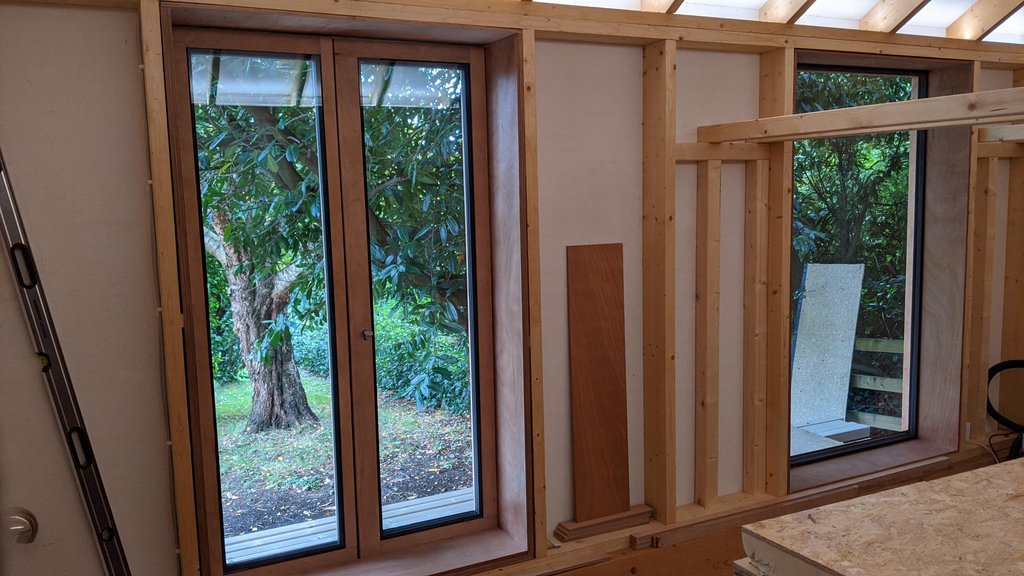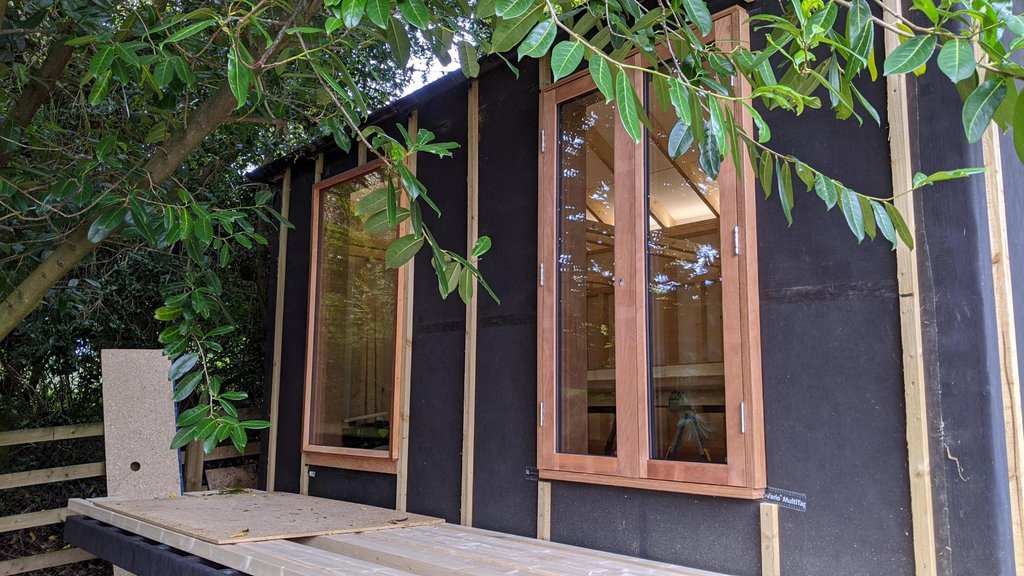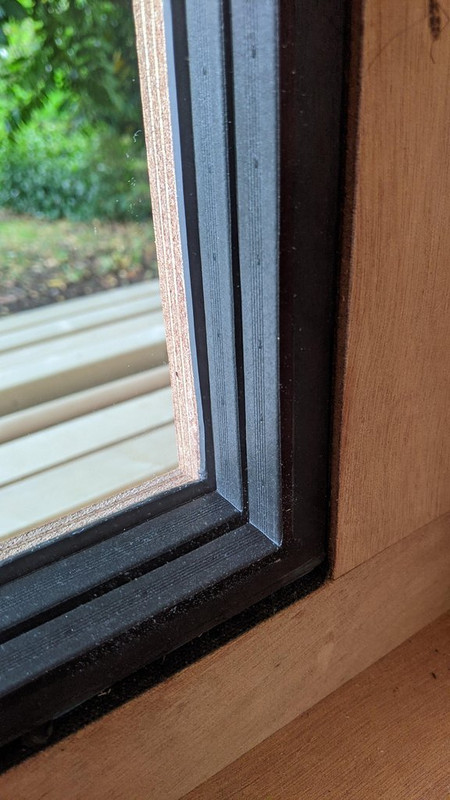Advertisement
If you have a new account but are having problems posting or verifying your account, please email us on hello@boards.ie for help. Thanks :)
Hello all! Please ensure that you are posting a new thread or question in the appropriate forum. The Feedback forum is overwhelmed with questions that are having to be moved elsewhere. If you need help to verify your account contact hello@boards.ie
Shed build - help
Options
Comments
-
-
-
-
-
-
Advertisement
-
-
-
-
-
-
Advertisement
-
-
-
-
-
-
-
-
-
-
-
Advertisement
-
-
-
-
-
-
-
-
-
-
Advertisement
-
Advertisement

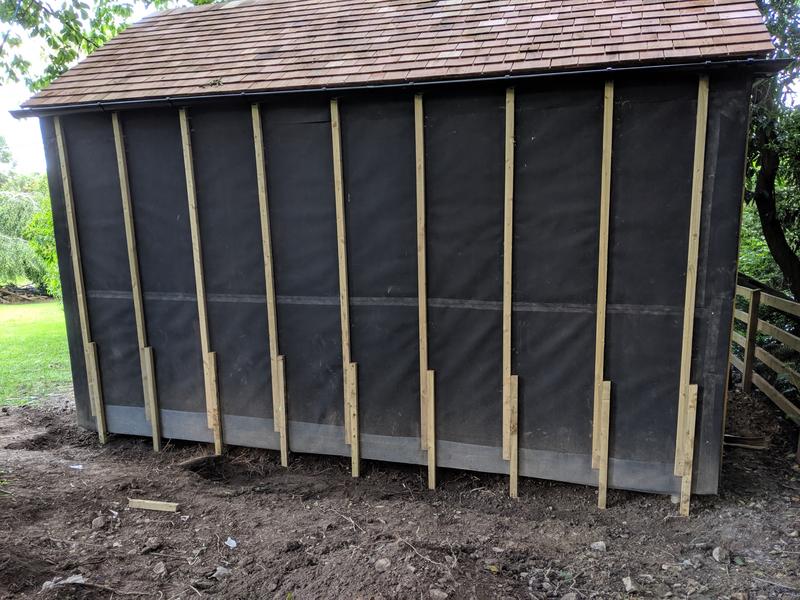
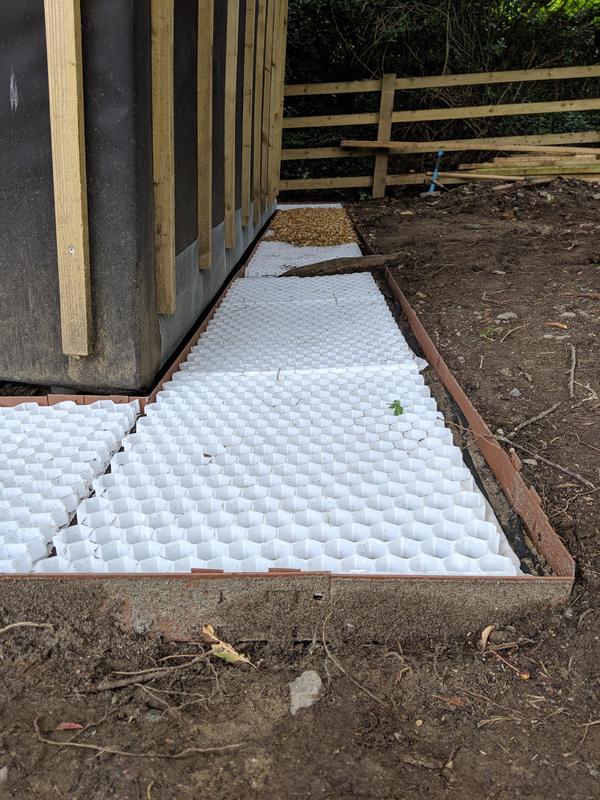
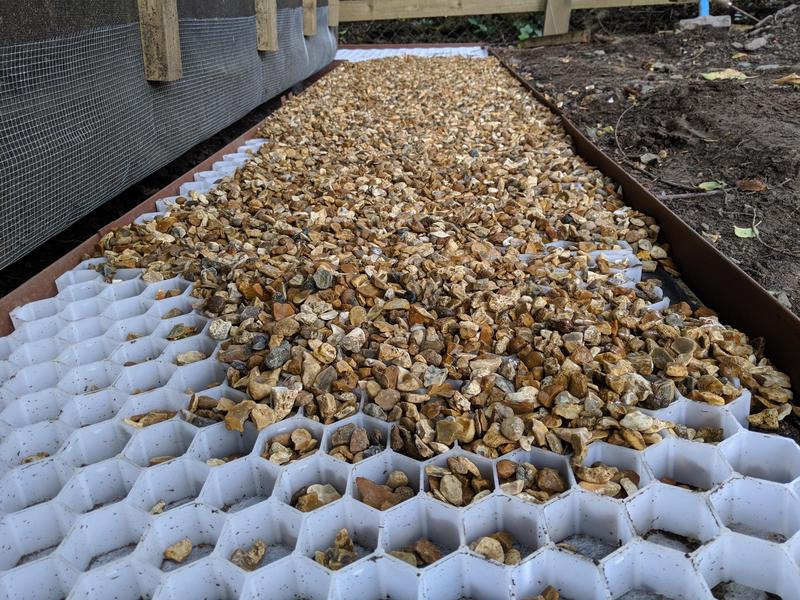

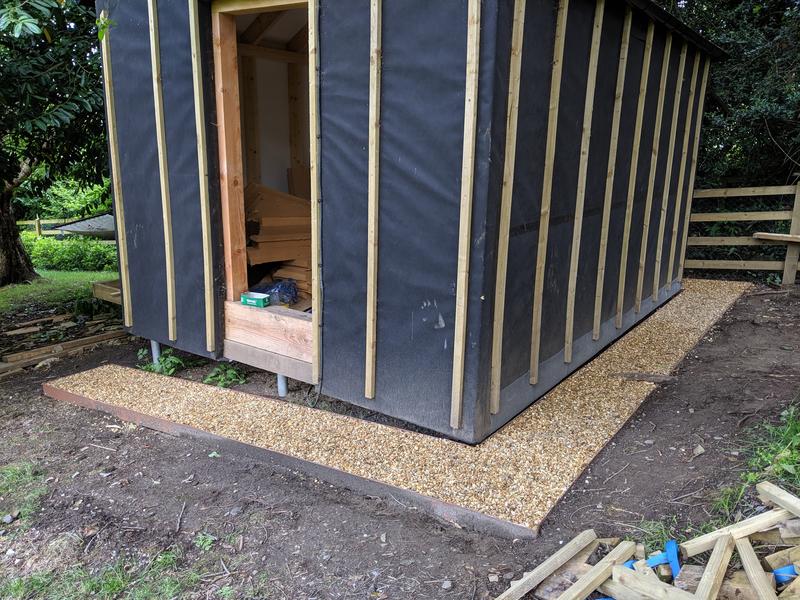

 https://www.youtube.com/watch?v=1x0lUV7PT4U
https://www.youtube.com/watch?v=1x0lUV7PT4U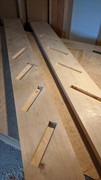
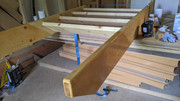
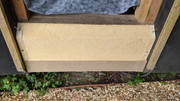
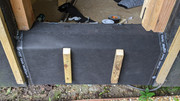
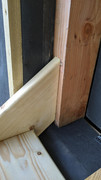
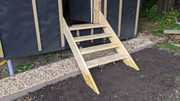
 https://www.youtube.com/watch?v=IUiz6g2tJgo
https://www.youtube.com/watch?v=IUiz6g2tJgo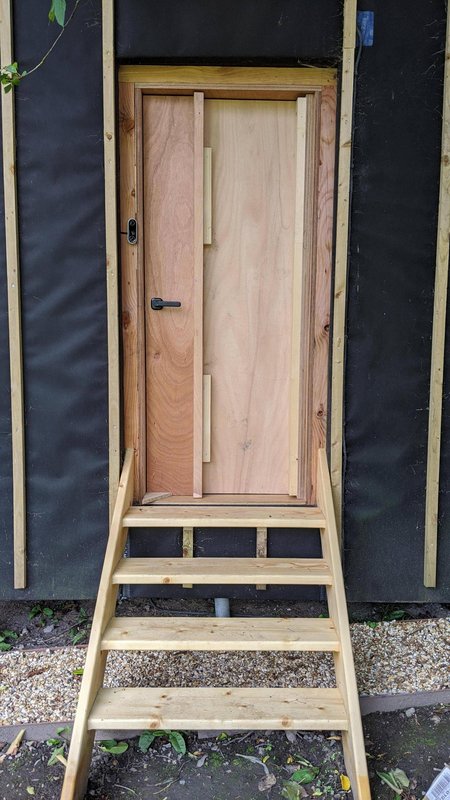
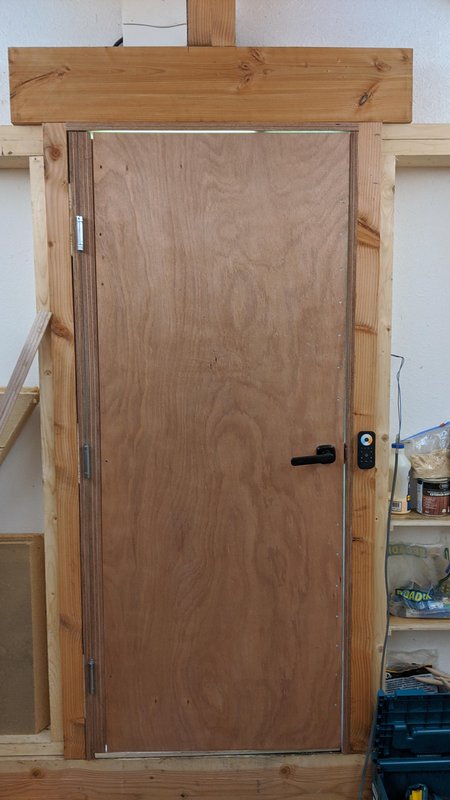
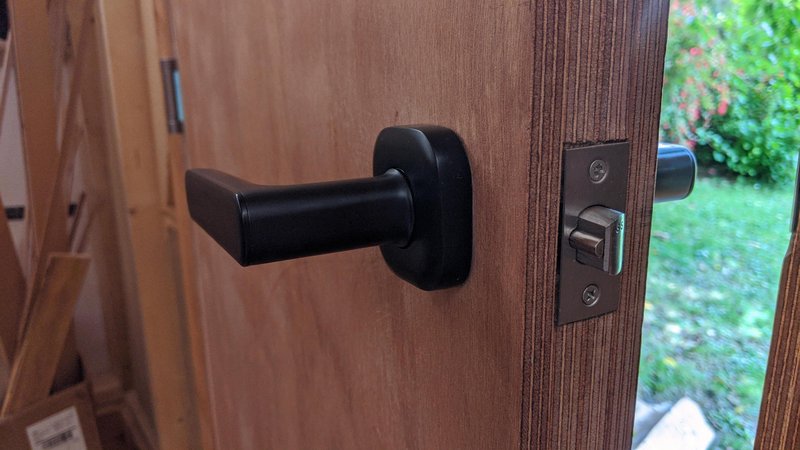
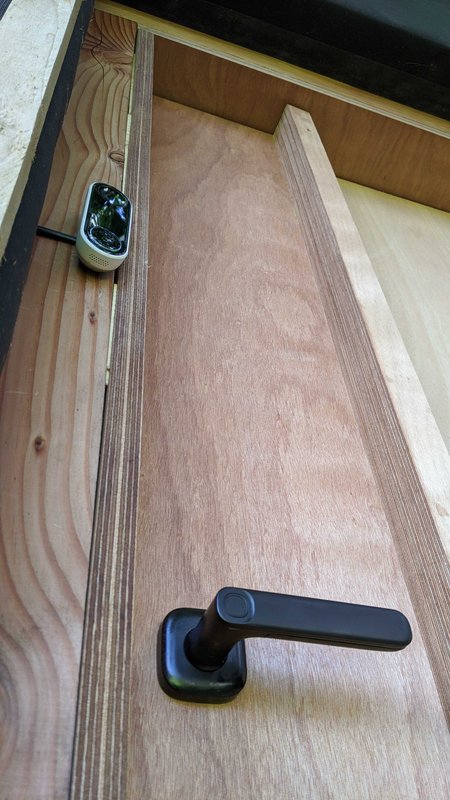
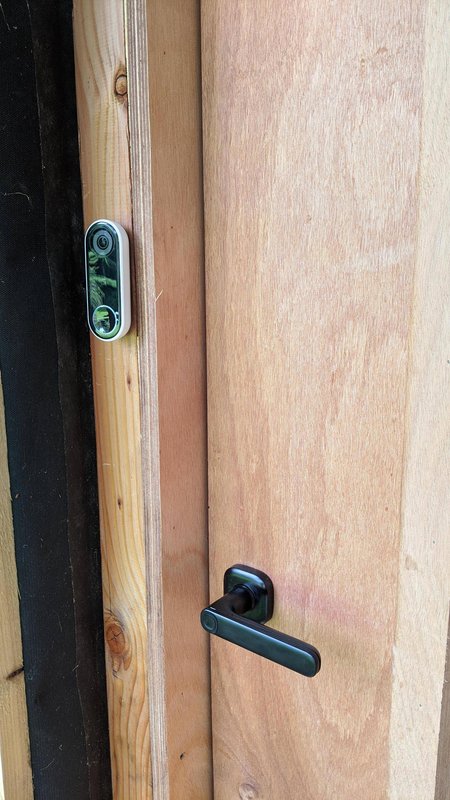
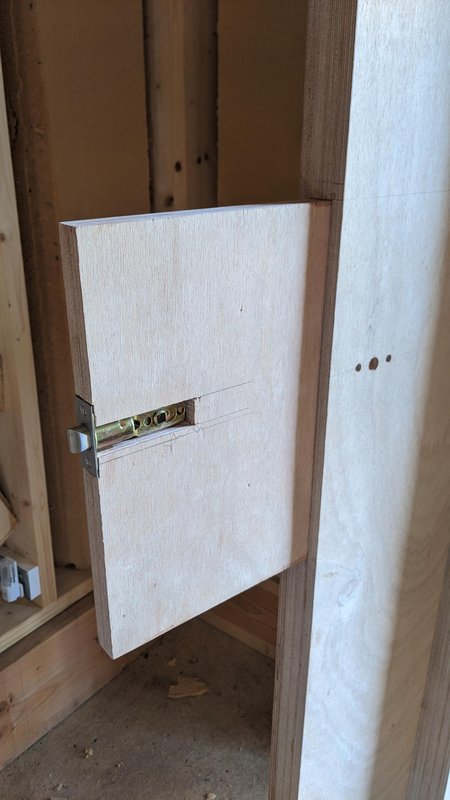
 https://www.youtube.com/watch?v=IhLuzor_WVI
https://www.youtube.com/watch?v=IhLuzor_WVI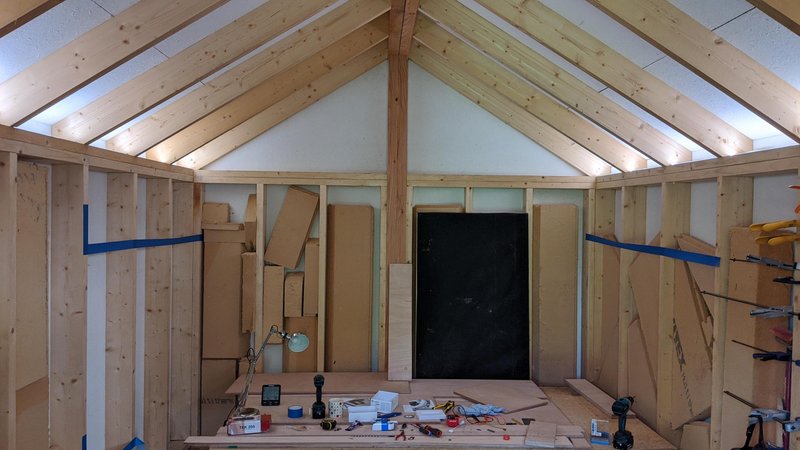



 https://www.youtube.com/watch?v=Hre9p7-gkU8
https://www.youtube.com/watch?v=Hre9p7-gkU8